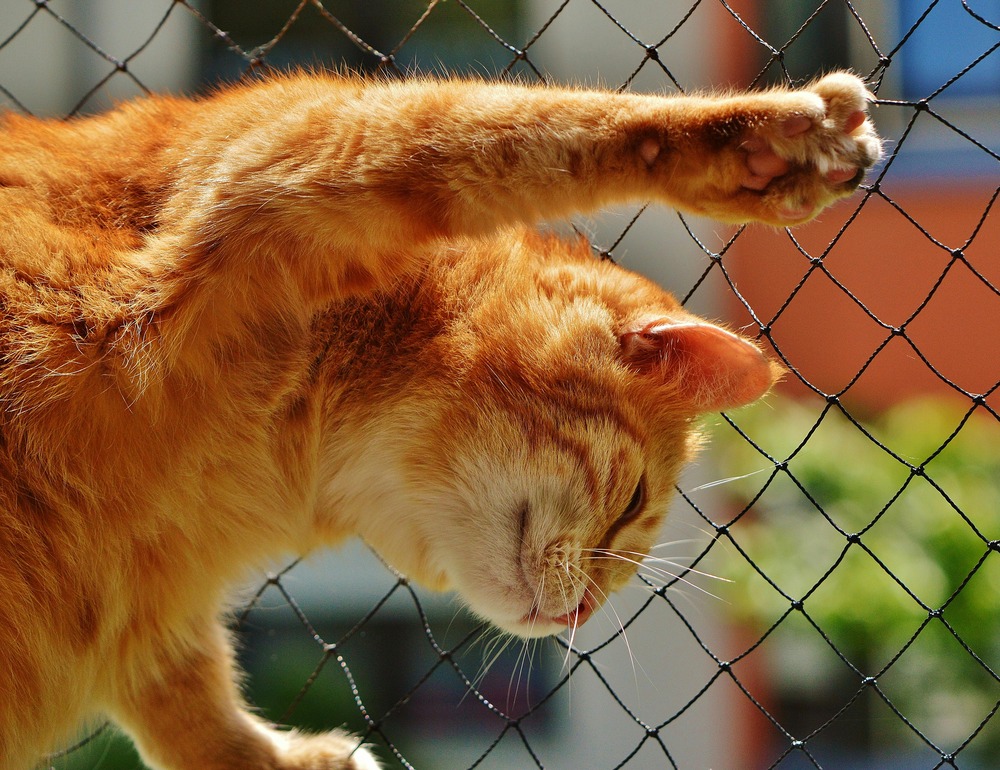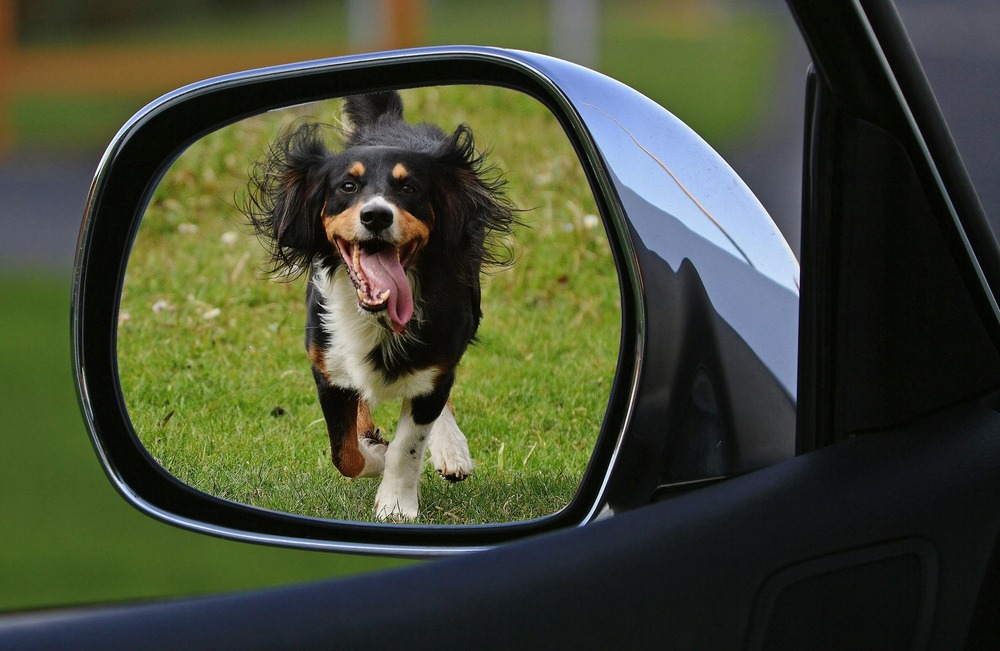As pet owners, we all want our furry friends to live long, healthy lives. However, with the rising trend of pet obesity, it’s crucial to keep an eye on their weight and overall health. One effective way to assess your pet's body condition is by measuring their Body Condition Score (BCS). This simple method can help you determine if your pet is underweight, at a healthy weight, or overweight. In this blog, we’ll explore how to measure BCS at home, backed by statistics and helpful tips, ensuring your pet stays fit and happy! ?

Understanding Body Condition Score (BCS)
The Body Condition Score is a scale that helps pet owners evaluate their pets' body fat and overall health. The BCS typically ranges from 1 to 9, with 1 being severely underweight and 9 being severely overweight. A score of 4 to 5 is considered ideal for most pets.
Why is BCS Important?
According to the Association for Pet Obesity Prevention, approximately 60% of cats and 56% of dogs in the United States are classified as overweight or obese. This alarming statistic highlights the importance of monitoring your pet's weight and body condition. Obesity can lead to serious health issues, including diabetes, joint problems, and heart disease.
How to Measure BCS at Home
Measuring your pet's BCS at home is a straightforward process. Here’s a step-by-step guide:
- Observe Your Pet's Shape: Look at your pet from above and the side. You should see a noticeable waistline behind the ribs.
- Feel the Ribs: Gently press your fingers against your pet's side. You should be able to feel the ribs without excessive pressure. If you can’t feel them, your pet may be overweight.
- Check the Abdomen: The abdomen should tuck up when viewed from the side. If it hangs down, your pet may be carrying extra weight.
BCS Scoring Table
Here’s a handy table to help you determine your pet's BCS based on the observations you make:
| BCS Score | Description | Visual Indicators | ?? |
|---|---|---|---|
| 1 | Severely Underweight | Ribs, spine, and bones are visible | ? |
| 2 | Underweight | Ribs are easily felt, minimal fat | ? |
| 3 | Ideal Weight | Ribs can be felt, waist is visible | ❤️ |
| 4 | Overweight | Ribs are difficult to feel, slight belly | ? |
| 5 | Obese | Ribs are not felt, significant belly | ? |
| 6 | Severely Obese | Ribs are not felt, large belly | ? |
| 7 | Morbidly Obese | Very large belly, difficulty moving | ? |
| 8 | Extremely Obese | Extreme fat deposits, lethargy | ? |
| 9 | Critically Obese | Unable to feel ribs, severe health risks | ? |
Statistics on Pet Obesity
To further emphasize the importance of monitoring your pet's weight, consider the following statistics:
- 70% of pet owners believe their pets are at a healthy weight, yet studies show that only 30% of pets are actually at a healthy weight.
- Pets that are overweight can live up to 2.5 years less than their healthy counterparts.
- The cost of treating obesity-related health issues can exceed $1,000 per year for pet owners.
Tips for Maintaining a Healthy Weight
- Regular Exercise: Aim for at least 30 minutes of exercise daily. This can include walks, playtime, or interactive toys.
- Balanced Diet: Consult your veterinarian for a balanced diet plan tailored to your pet's needs. Websites like PetMD offer great resources on pet nutrition.
- Portion Control: Measure your pet's food to avoid overfeeding. Use a measuring cup to ensure accuracy.
- Regular Vet Check-ups: Schedule regular check-ups to monitor your pet's weight and overall health.
Conclusion
Measuring your pet's Body Condition Score at home is a simple yet effective way to keep track of their health. With the alarming statistics surrounding pet obesity, it’s more important than ever to take proactive steps in managing your pet's weight. By following the guidelines outlined in this blog, you can help ensure your furry friend lives a long, healthy, and happy life. Remember, a healthy pet is a happy pet! ?❤️
By staying informed and taking action, you can make a significant difference in your pet's life. For more information on pet health and nutrition, check out The American Kennel Club and The Association for Pet Obesity Prevention. Your pet will thank you! ?



